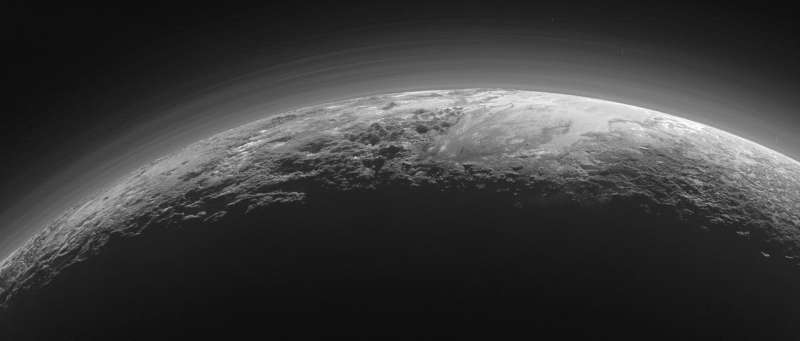
As NASA’s New Horizons spacecraft journeys through the Kuiper Belt, a groundbreaking experiment has marked a new chapter in space exploration. On July 4, 2025, an international team of astronomers successfully conducted the first-ever deep space stellar navigation test, utilizing the spacecraft’s unique position 438 million miles from Earth. This achievement, detailed in a paper accepted by The Astronomical Journal and available on the pre-print server arXiv, represents a significant advancement in our ability to navigate the cosmos.
The experiment capitalized on New Horizons’ trajectory toward interstellar space, capturing images of two of our nearest stellar neighbors: Proxima Centauri, 4.2 light-years away, and Wolf 359, located 7.86 light-years from Earth. From the spacecraft’s perspective, these stars appeared to shift their positions in the sky compared to observations from Earth, an effect known as stellar parallax. By analyzing these shifts, the team calculated New Horizons’ position relative to these stars with remarkable precision.
Stellar Parallax: A New Frontier in Navigation
Stellar parallax, the apparent shift of a star’s position due to the observer’s movement, has long been a tool for measuring distances in space. However, this is the first time it has been used for navigation from such a distant vantage point. The researchers achieved an accuracy of approximately 4.1 million miles, akin to measuring a distance of 26 inches from New York to Los Angeles.
Although the results were not research-grade, the demonstration provided a vivid educational insight into the concept of stellar parallax. “Taking simultaneous Earth/Spacecraft images we hoped would make the concept of stellar parallaxes instantly and vividly clear,” explained Tod Lauer, an astronomer with NSF’s NOIRLab and lead author of the study.
“It’s one thing to know something, but another to say ‘Hey, look! This really works!'”
New Horizons: From Pluto to the Stars
New Horizons, launched in 2006, is the fifth robotic spacecraft to leave Earth with the ultimate goal of reaching interstellar space. Its primary mission was to explore Pluto and its largest moon, Charon. After a nine-and-a-half-year journey covering over 3 billion miles, the spacecraft sent back the first detailed images of these distant worlds, greatly enhancing our understanding of their geology and atmospheres.
Now in its extended mission, New Horizons continues to explore the heliosphere and is expected to cross the “termination shock”—the boundary of interstellar space—in the coming years. This transition marks a new phase in its mission, as it will continue to provide valuable data on the outer reaches of our solar system.
Implications for Future Space Exploration
The success of this stellar navigation test opens new possibilities for future deep space missions. By demonstrating the feasibility of using stellar parallax for navigation, space agencies can develop more autonomous spacecraft capable of navigating vast distances without relying solely on Earth-based systems.
As humanity looks toward more ambitious missions, such as traveling to Mars and beyond, the ability to accurately determine a spacecraft’s position in space will be crucial. This development represents a significant step forward in our quest to explore the universe.
This achievement by the New Horizons team not only showcases the potential for deep space navigation but also underscores the importance of continued investment in space exploration and technology. With each new milestone, we move closer to unlocking the mysteries of the cosmos and expanding our presence beyond our solar system.







